An OBD2 scanner with air conditioning diagnostics capabilities is an invaluable tool for car owners. It provides detailed insights into your car's AC system, helping you maintain optimal performance and prevent costly repairs.
These advanced scanners monitor refrigerant levels, compressor performance, pressure readings, and more, allowing you to quickly identify and address issues.
There are eight key insights provided by an OBD2 scanner with AC diagnostics, including refrigerant levels, compressor performance, pressure readings, temperature sensors, blower motor status, error codes, system leaks, and humidity levels inside the car.
So,Say goodbye to unexpected AC issues. With the Foxwell NT710 OBD2 Scanner, you can easily detect leaks, check pressure readings, and ensure your car stays comfortably cool.
Refrigerant Levels

Think of refrigerant as the lifeblood of your car’s AC system. Just as your body can't function without blood, your AC can't cool without the right amount of refrigerant.
An OBD2 scanner with AC diagnostics keeps a close eye on these levels, ensuring they're just right. If refrigerant levels drop too low, the cooling efficiency plummets, similar to how you’d feel weak if you were low on blood.
When the OBD2 scanner detects that the refrigerant is running low, it will typically signal an alert. This alert might come in the form of an error code or a warning message, such as "Low Refrigerant Level" or a specific code like "P0534," indicating an AC refrigerant charge loss.
By regularly checking refrigerant levels with your scanner, you can catch these alerts early, ensuring your AC stays in top shape and provides you with the cool air you need during those hot summer drives.
This proactive approach can save you from the discomfort of a failing AC system and the higher costs of more severe repairs down the road.
Compressor Performance

The compressor in your car's AC system is like the heart in your body. It pumps refrigerant through the system, making sure everything stays cool.
An OBD2 scanner can monitor how well this "heart" is working. If the compressor starts to fail, it’s like your heart skipping a beat – it disrupts the entire system.
When the OBD2 scanner detects an issue with the compressor, it typically triggers an error code or warning. Common codes include "P0645" for issues with the compressor clutch relay o
r "P0533" indicating a high-pressure condition.
These codes alert you to problems such as abnormal noises, vibrations, or reduced pressure output.
By using the scanner, you can catch these early signs and address them before they lead to a complete compressor breakdown, ensuring your AC system continues to operate smoothly.
Pressure Readings

Pressure readings in your AC system are like the blood pressure in your body. They indicate how well the system is functioning.
High or low pressure can signal various problems, much like high or low blood pressure indicates health issues.
An OBD2 scanner provides precise pressure readings and can alert you when these readings fall outside the normal range.
Codes like "P0532" for low-pressure sensor circuit and "P0535" for high-pressure sensor circuit issues can indicate potential problems.
High-pressure readings might signal an overcharged system or restricted airflow, while low-pressure readings can suggest low refrigerant levels or leaks.
Monitoring these pressures with your scanner ensures your AC system remains healthy and efficient, just as maintaining proper blood pressure keeps you feeling good.
Temperature Sensors
Temperature sensors in your AC system are like your body’s thermoregulation system, which keeps you from getting too hot or too cold.
These sensors ensure that the cabin temperature is just right. An OBD2 scanner tracks these sensors to ensure they’re working correctly.
If a temperature sensor fails, the scanner will usually generate a specific error code such as "P0536" for the AC evaporator temperature sensor.
This code indicates that there’s a problem with the sensor that could lead to inconsistent cooling.
By monitoring these sensors, you can identify and replace faulty ones, maintaining a comfortable cabin temperature and avoiding the extremes of too hot or too cold.
Blower Motor Status
The blower motor is like the lungs of your AC system, pushing air through the vents and into the cabin.
If the blower motor isn’t working properly, it’s like having trouble breathing – you won’t get the airflow you need.
An OBD2 scanner can check the status of the blower motor and alert you to any issues.
Error codes such as "P0480" indicate problems with the blower motor relay, while "B1068" might point to a blower motor control circuit malfunction.
Detecting these issues early allows you to address problems like worn-out motor brushes or electrical faults, ensuring your AC system continues to provide strong and consistent airflow.
Error Codes
Error codes are like the warning lights on your car’s dashboard, but specifically for the AC system.
They provide detailed information about what’s going wrong. An OBD2 scanner reads these codes, much like a doctor interprets test results.
Common AC-related error codes include "P0534" for refrigerant loss, "P0645" for compressor clutch relay issues, and "P0480" for blower motor relay problems.
These codes pinpoint the exact component or system that requires attention, simplifying the diagnostic process.
By identifying and addressing these error codes promptly, you ensure that your AC system remains in good health and functions efficiently.
System Leaks
System leaks in your AC are like small cuts on your skin – they may not seem serious at first, but they can lead to bigger problems if ignored. An OBD2 scanner can detect these "cuts" by monitoring refrigerant levels and pressure changes.
When the scanner detects a potential leak, it may trigger an error code like "P0455" for a large leak or "P0456" for a small leak in the evaporative emission control system.
These alerts allow you to locate the source of the leak, whether it's from damaged hoses, faulty seals, or connections.
Addressing leaks promptly prevents further refrigerant loss and ensures that your AC system operates efficiently and reliably.
Humidity Levels Inside the Car

High humidity levels inside your car can make it feel like a sauna, even with the AC running. It’s like trying to stay cool in a humid room – uncomfortable and sticky.
An OBD2 scanner helps monitor and manage these humidity levels, ensuring your cabin stays dry and comfortable.
If the scanner detects issues related to humidity control, it might generate error codes like "B1259" for evaporator temperature sensor faults or "B1260" indicating an AC evaporator temperature sensor circuit malfunction.
By identifying problems with the evaporator or clogged drain tubes, you can maintain a pleasant driving environment, free from the discomfort of excessive humidity.
Related reading: Car Scanner with Air Conditioning Check Function
Conclusion
Regular maintenance of your car's air conditioning system is essential for comfort, efficiency, and longevity. An OBD2 scanner with AC diagnostics provides invaluable insights into various aspects of your AC system, helping you identify and address issues promptly.
From monitoring refrigerant levels and compressor performance to detecting leaks and managing humidity, these scanners offer a comprehensive diagnostic solution.
By utilizing an OBD2 scanner with AC diagnostics, you can stay ahead of potential problems, ensure optimal cooling performance, and maintain a comfortable driving environment.
Investing in this technology not only keeps your car’s AC system in top condition but also saves you from unexpected repair costs and discomfort on the road.
FAQs
Does a car have to be running to use an OBD2 scanner?
No, a car does not have to be running to use an OBD2 scanner. However, the ignition needs to be in the "on" position to power the vehicle's systems and allow the scanner to communicate with the car's computer.
Is it okay to leave OBD2 plugged in all the time?
Yes, it is generally safe to leave an OBD2 scanner plugged in all the time, but it can potentially drain your battery if the car is not driven regularly. It's best to unplug it if the vehicle will be parked for extended periods.
What's the difference between OBD and OBD2?
OBD (On-Board Diagnostics) refers to the original system used to monitor vehicle performance and emissions. OBD2 is an improved version with standardized protocols and a universal connector, offering more comprehensive diagnostics and better data access. OBD2 is required in all vehicles manufactured after 1996.

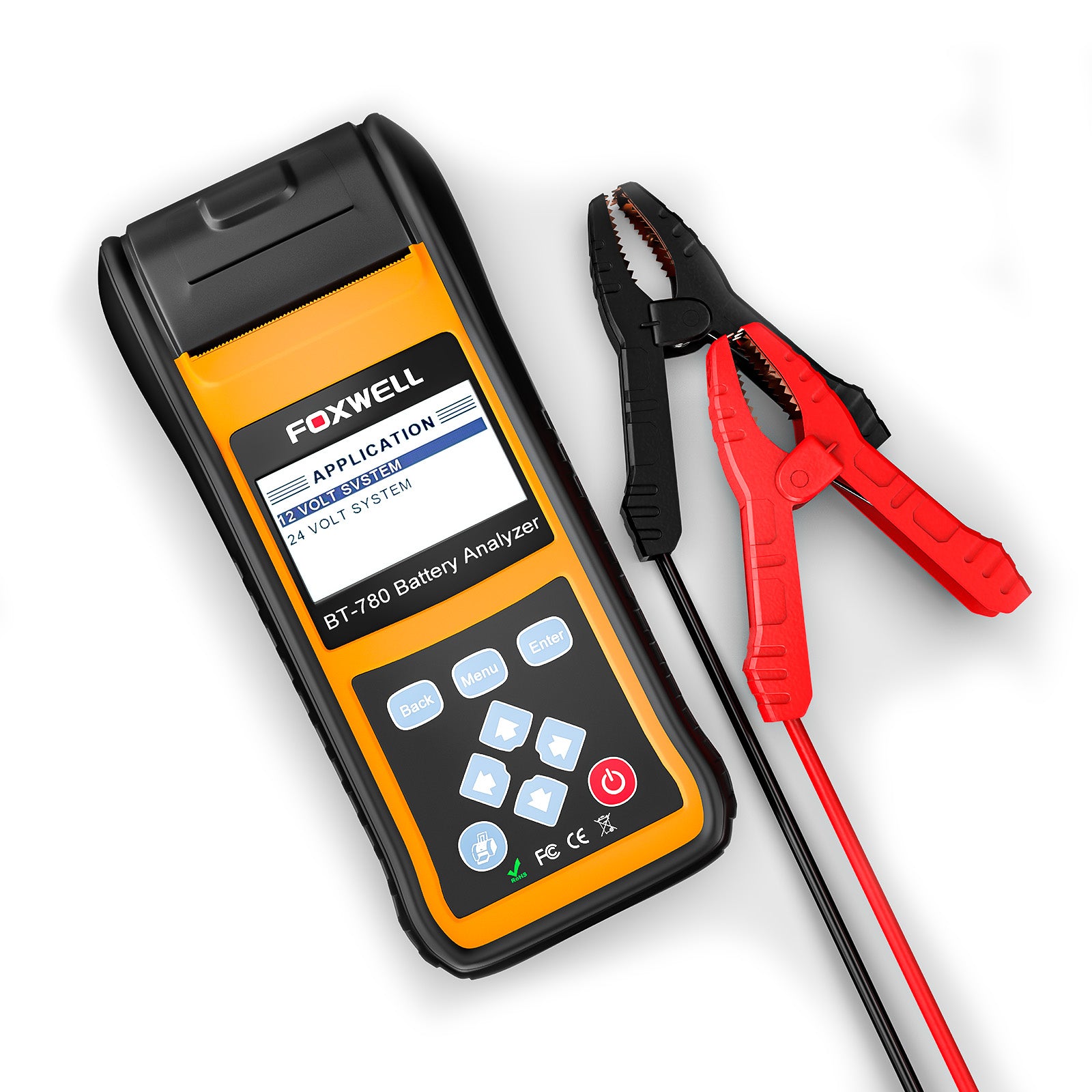
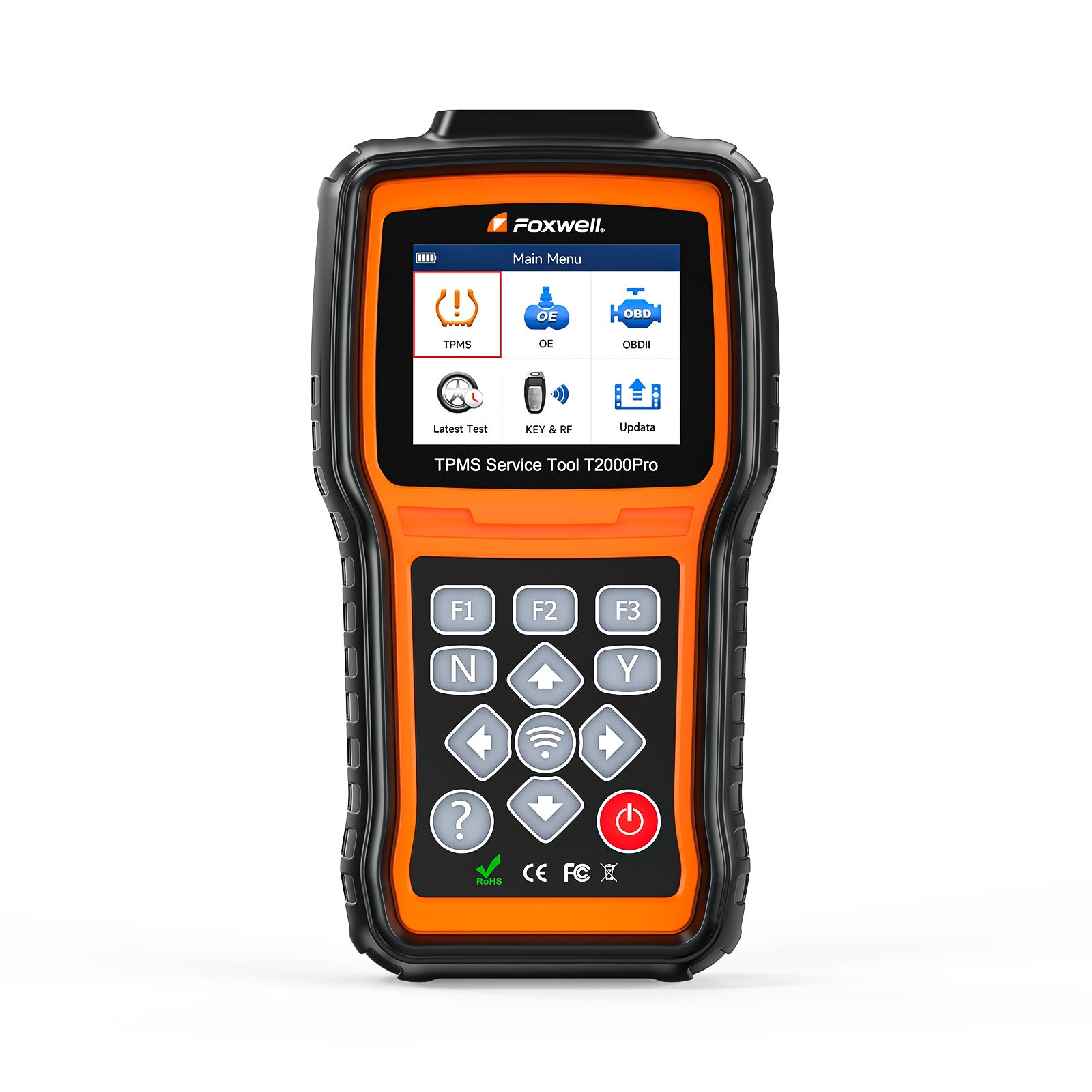
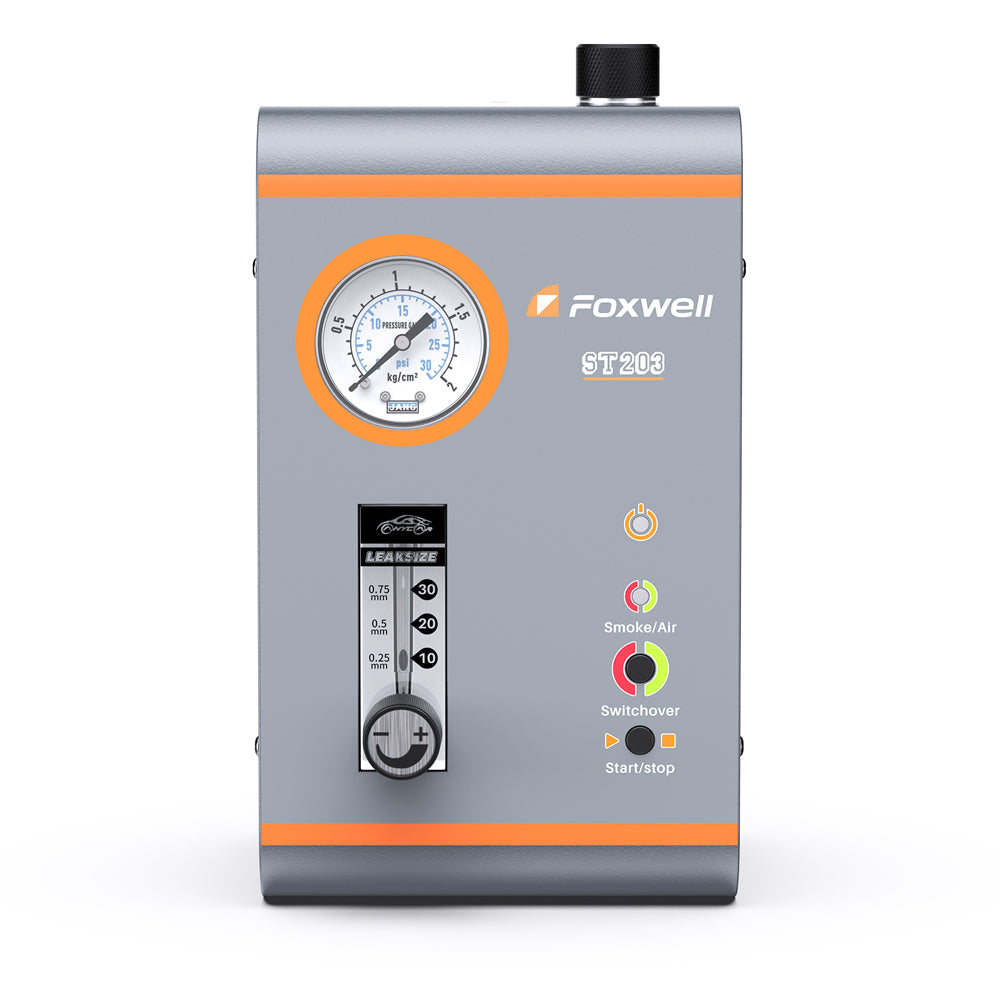
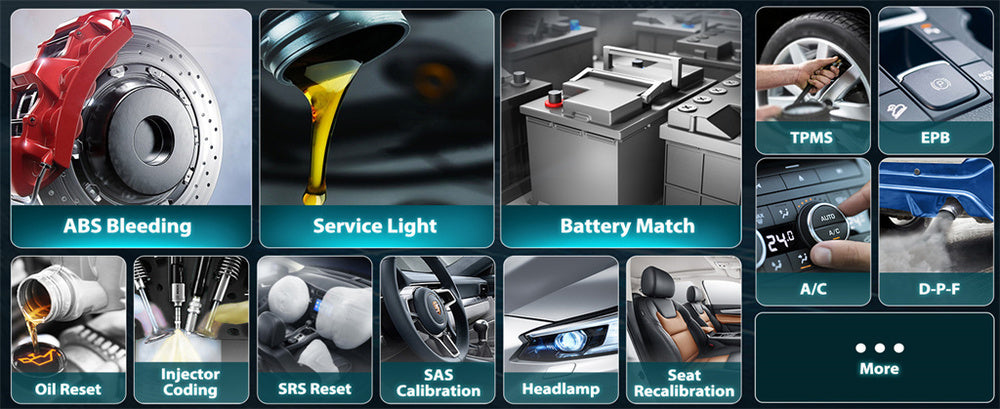
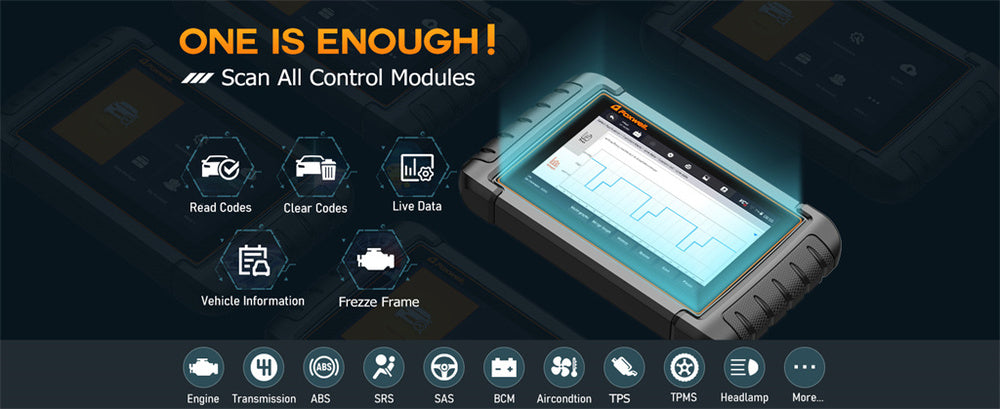
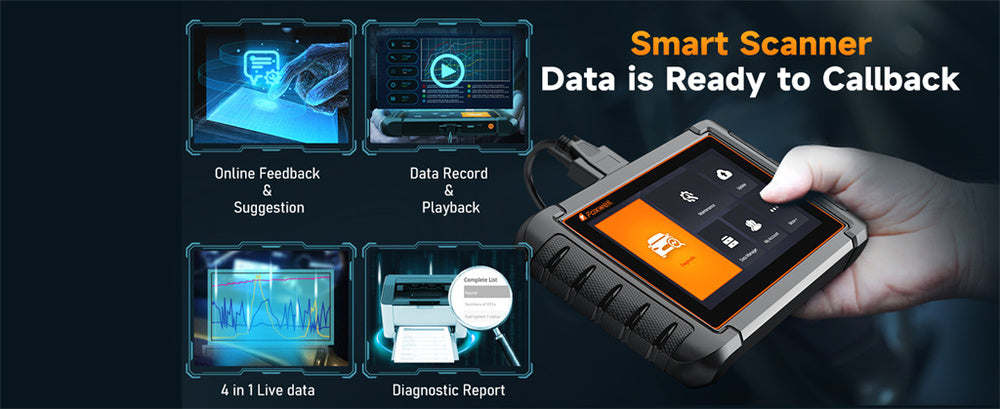
Leave a comment
This site is protected by hCaptcha and the hCaptcha Privacy Policy and Terms of Service apply.